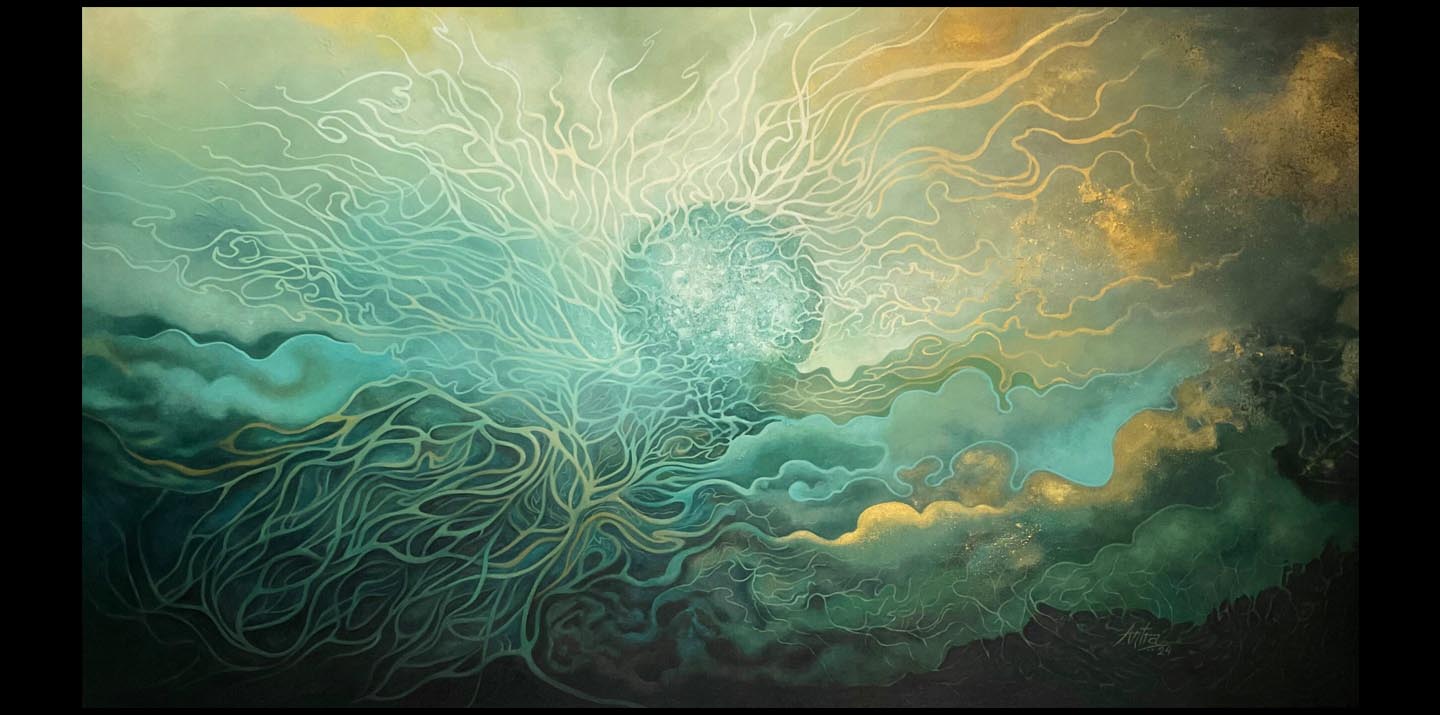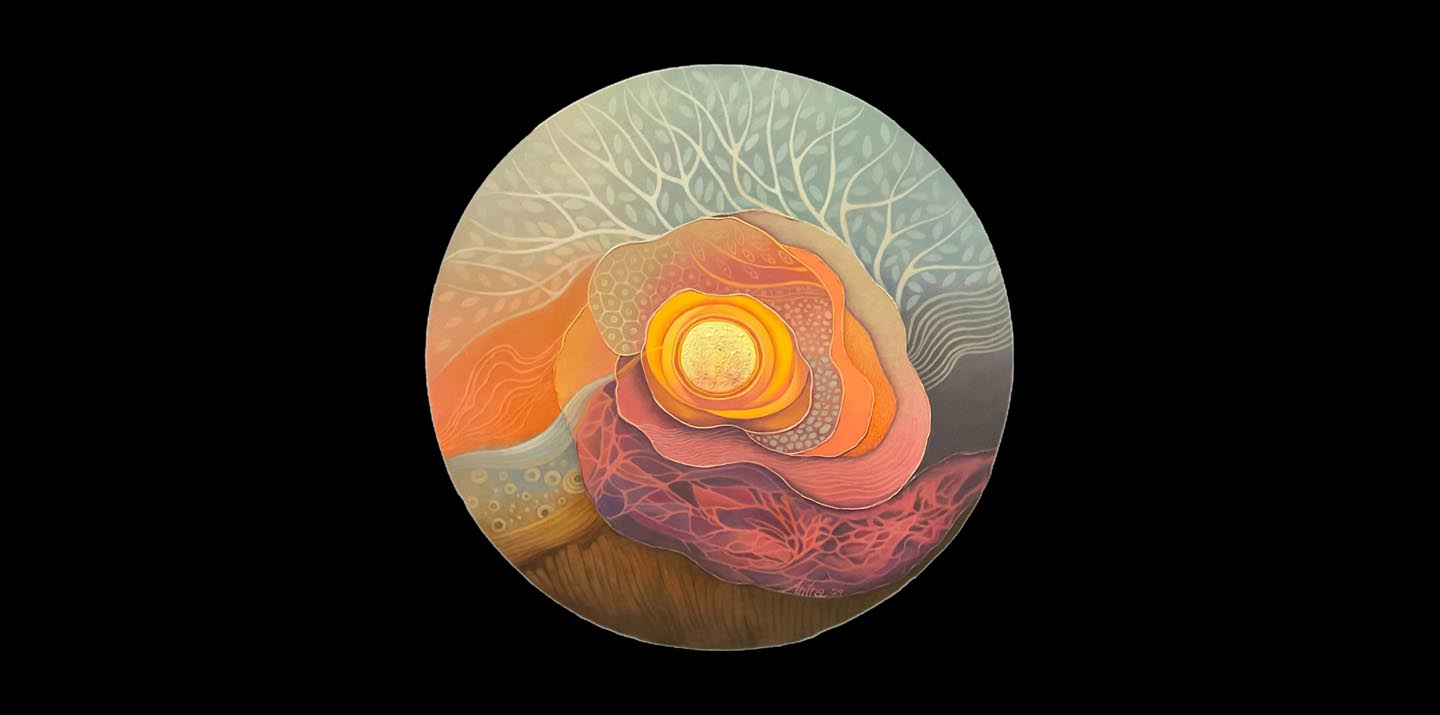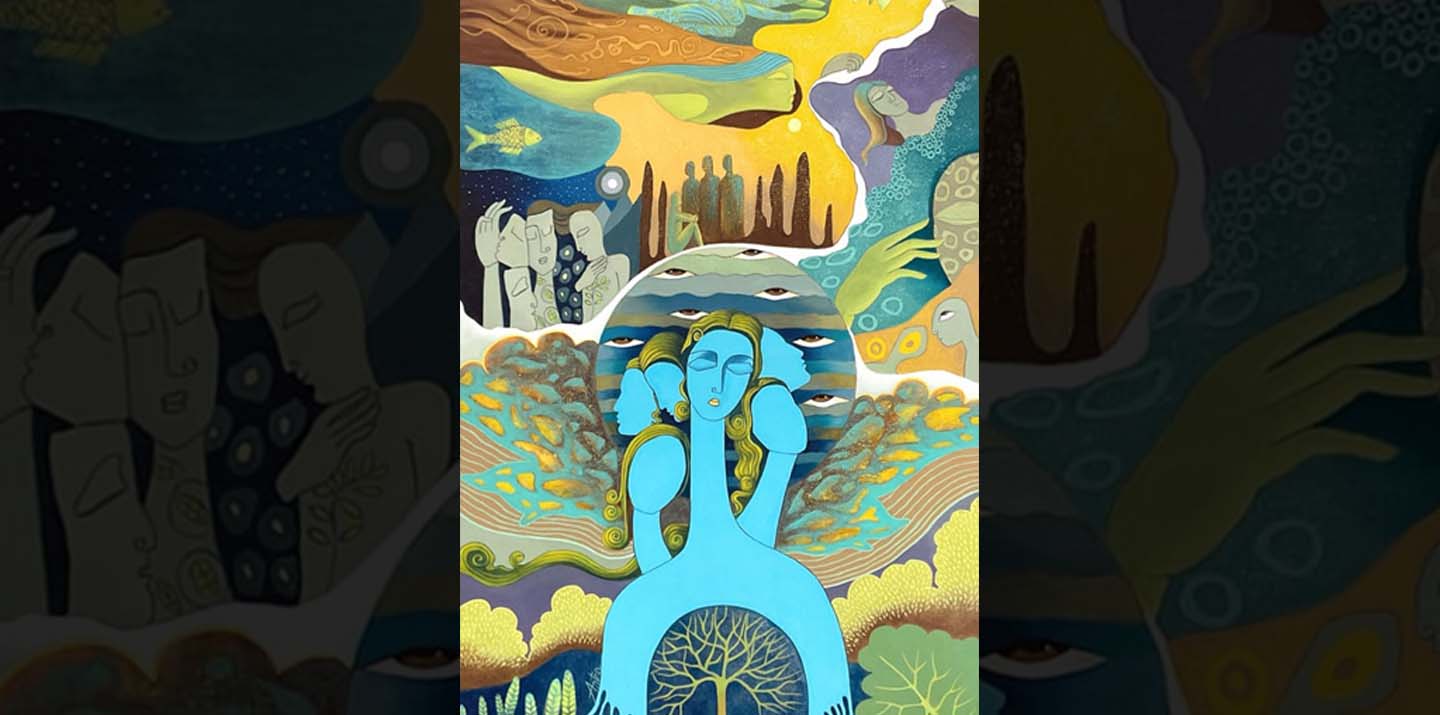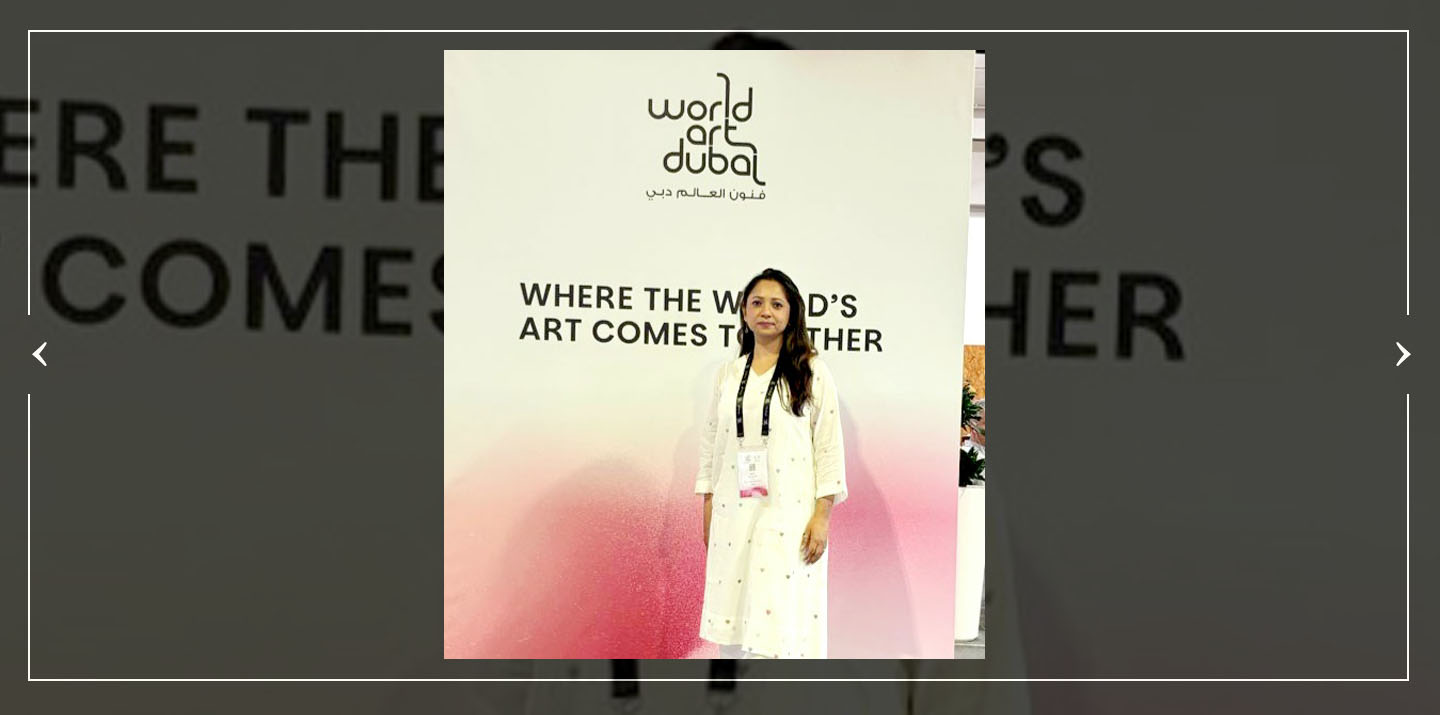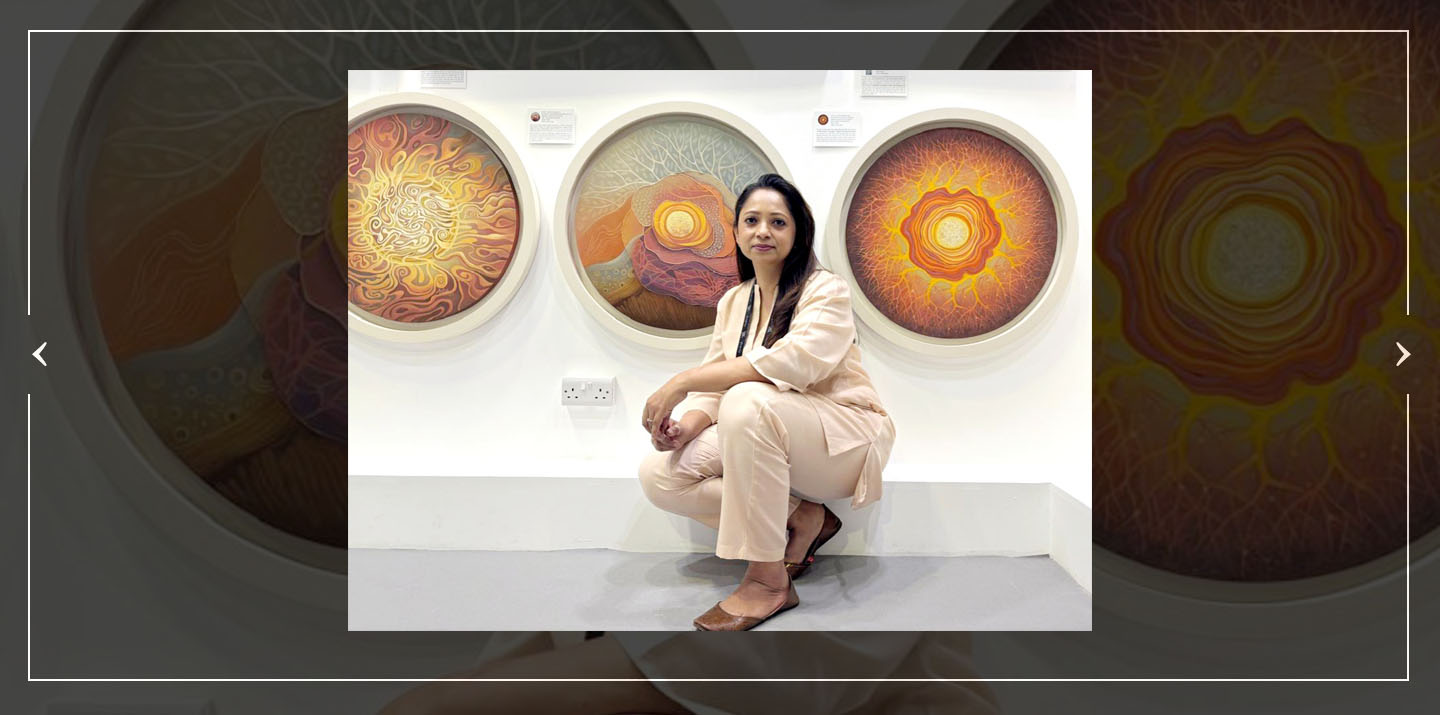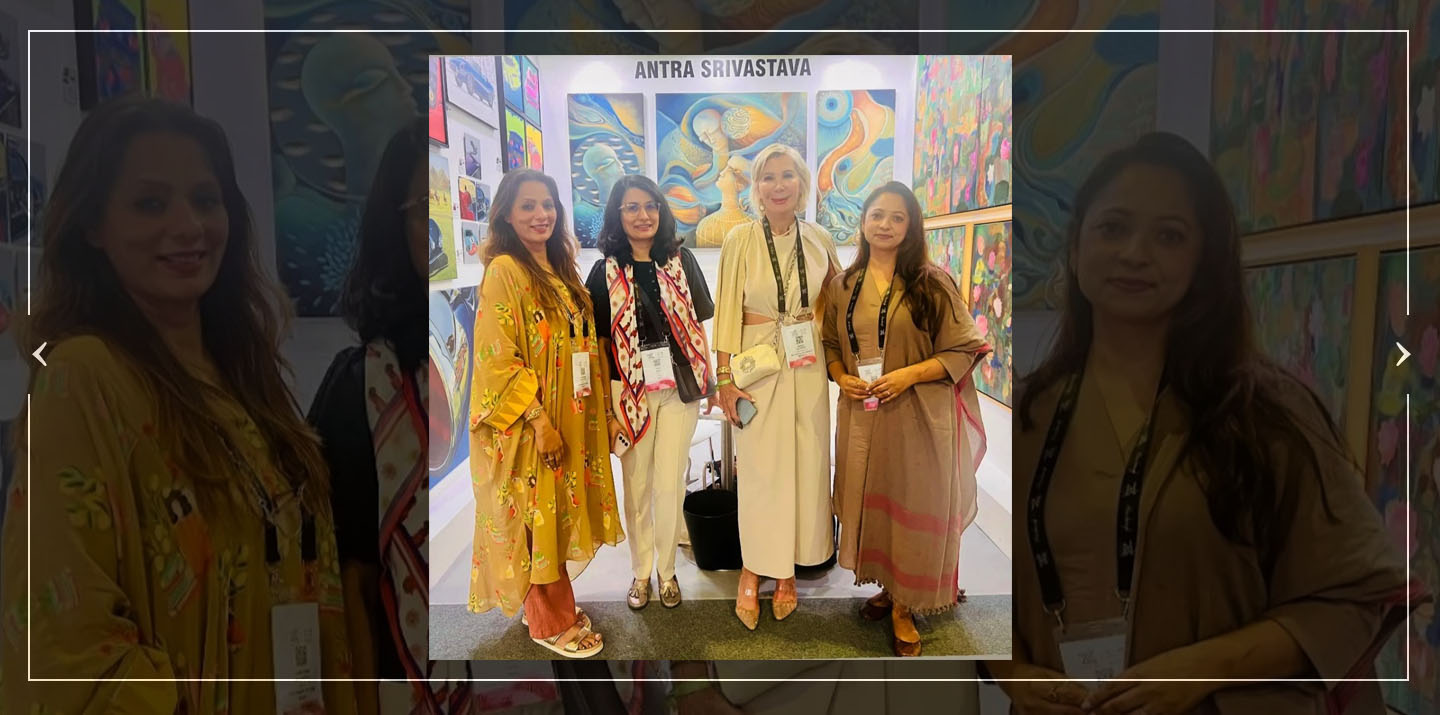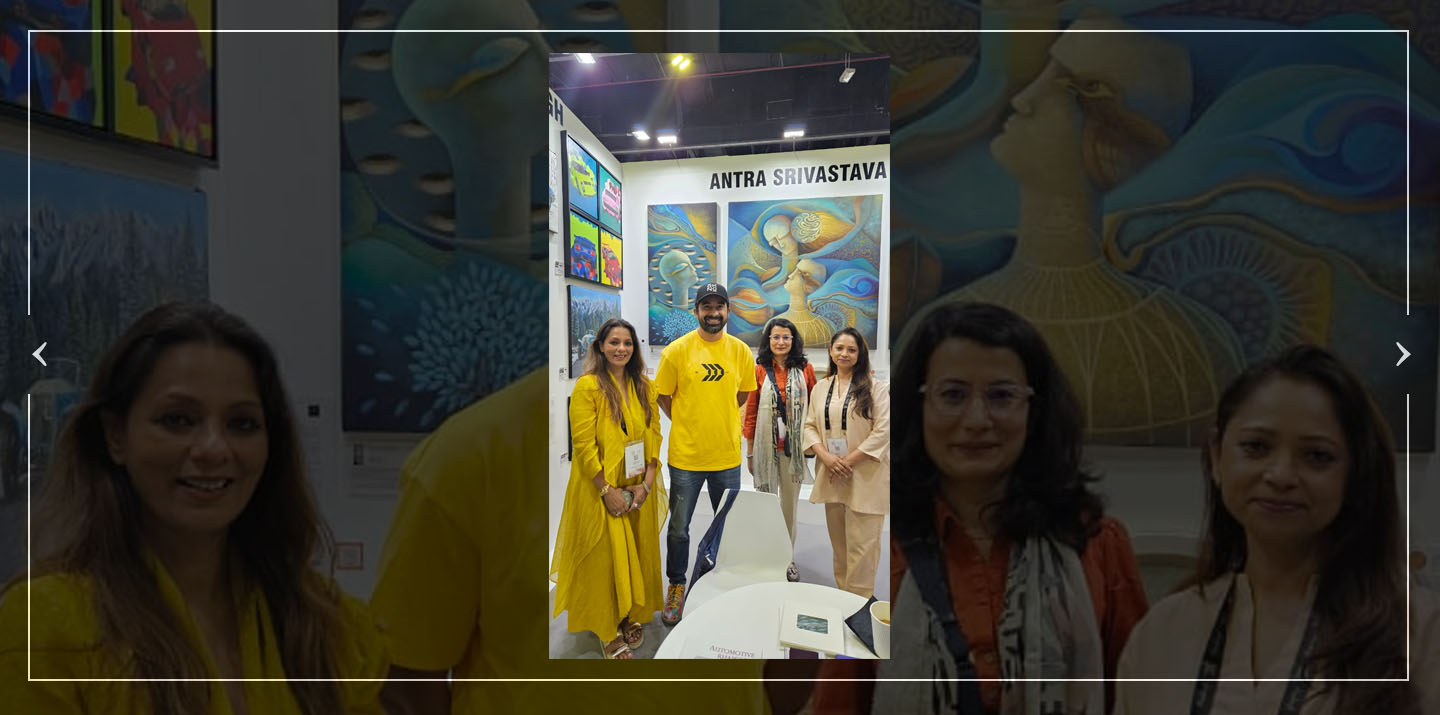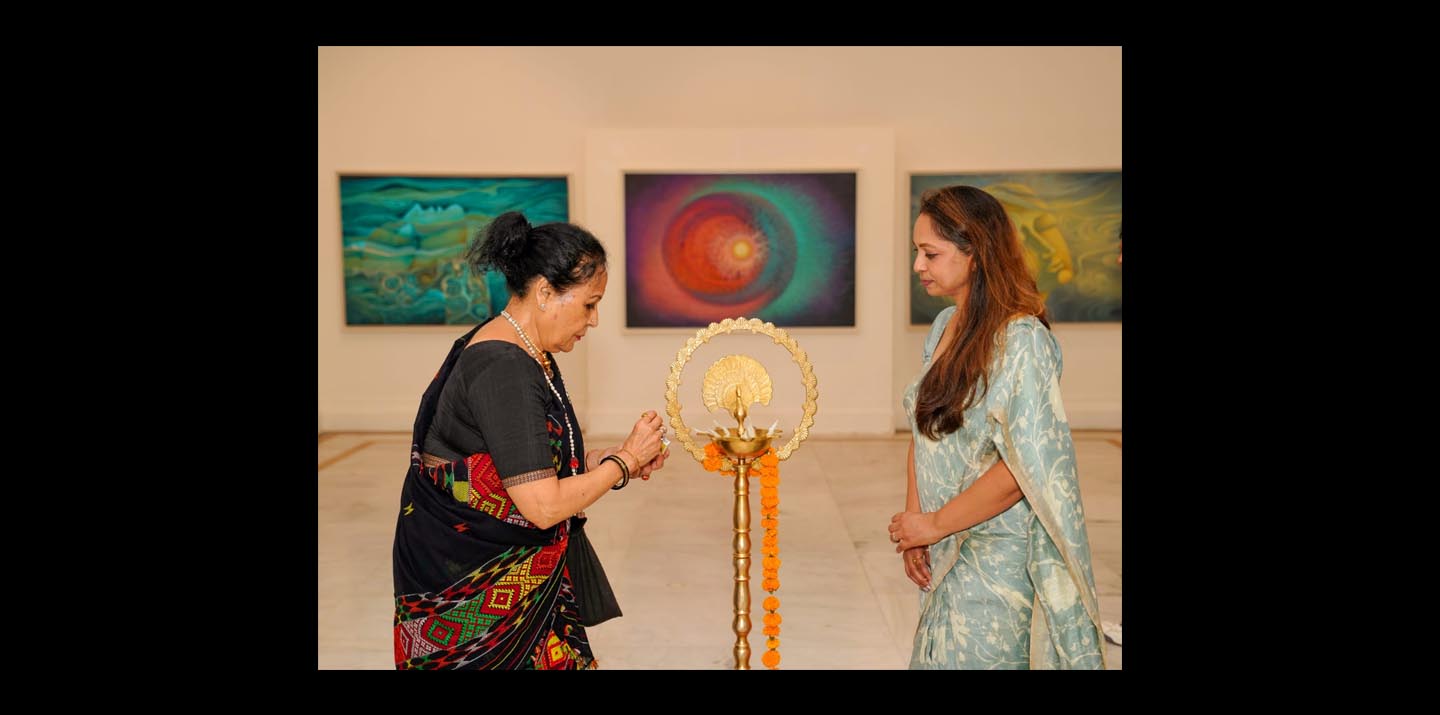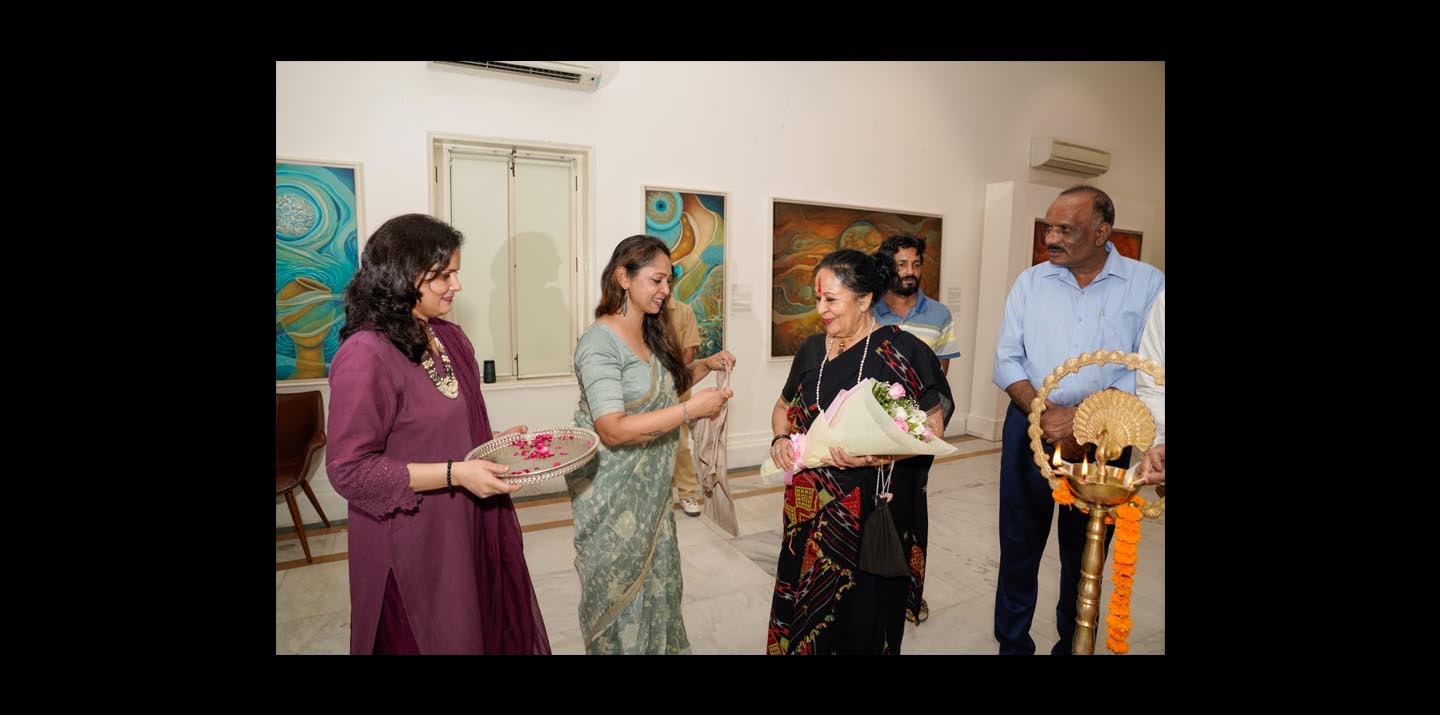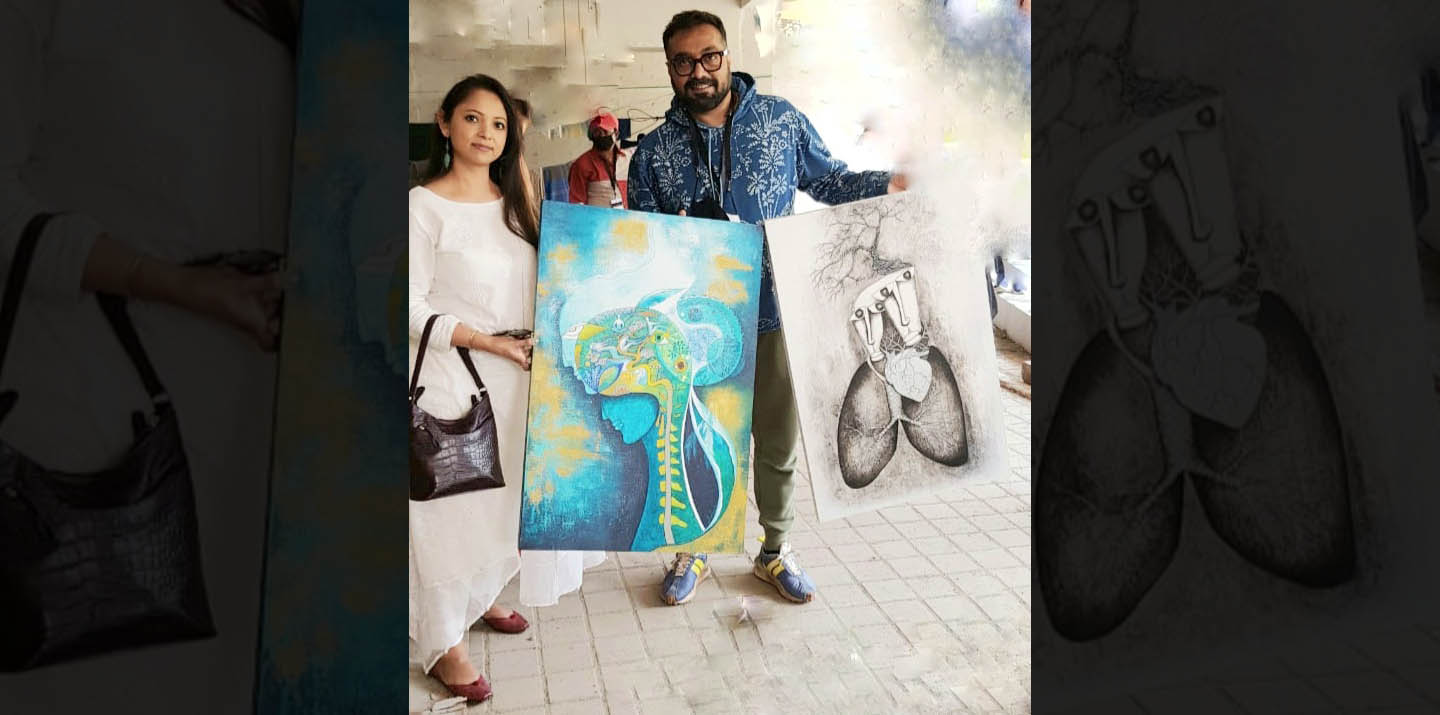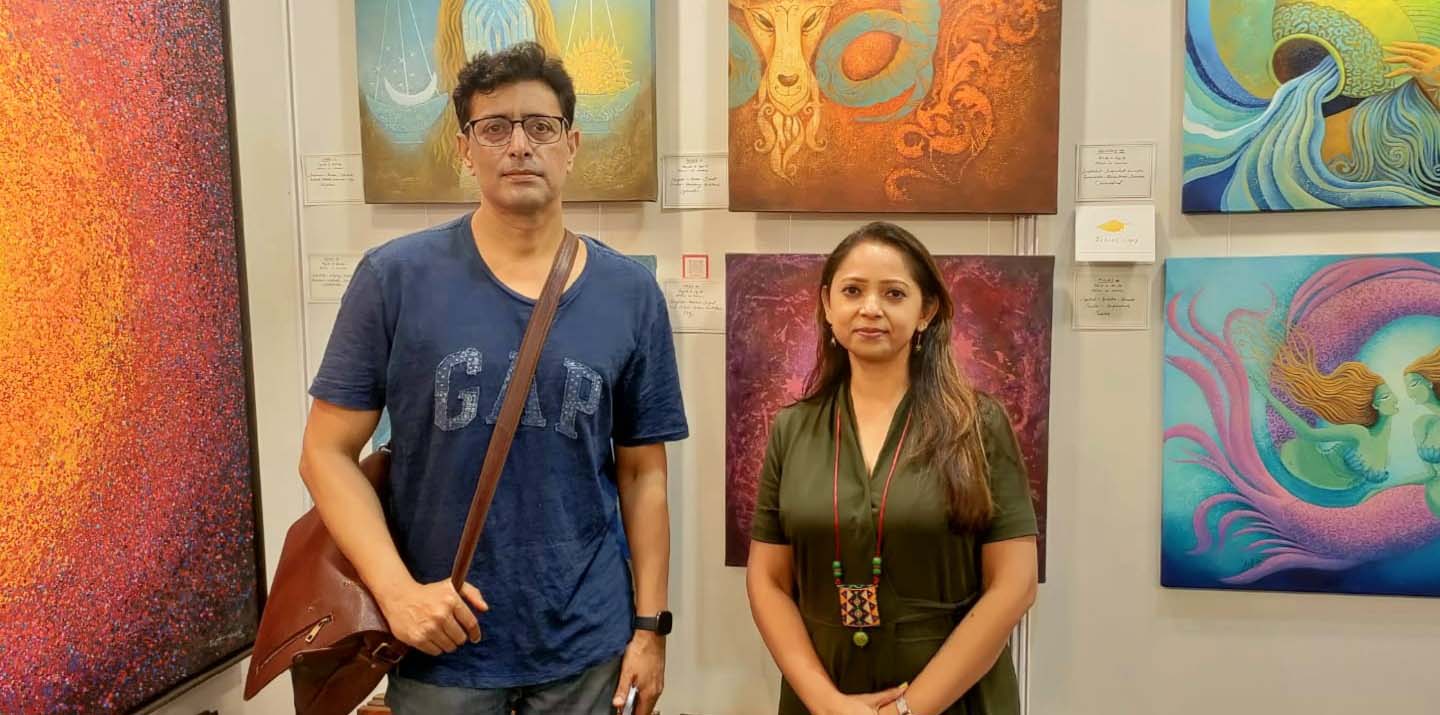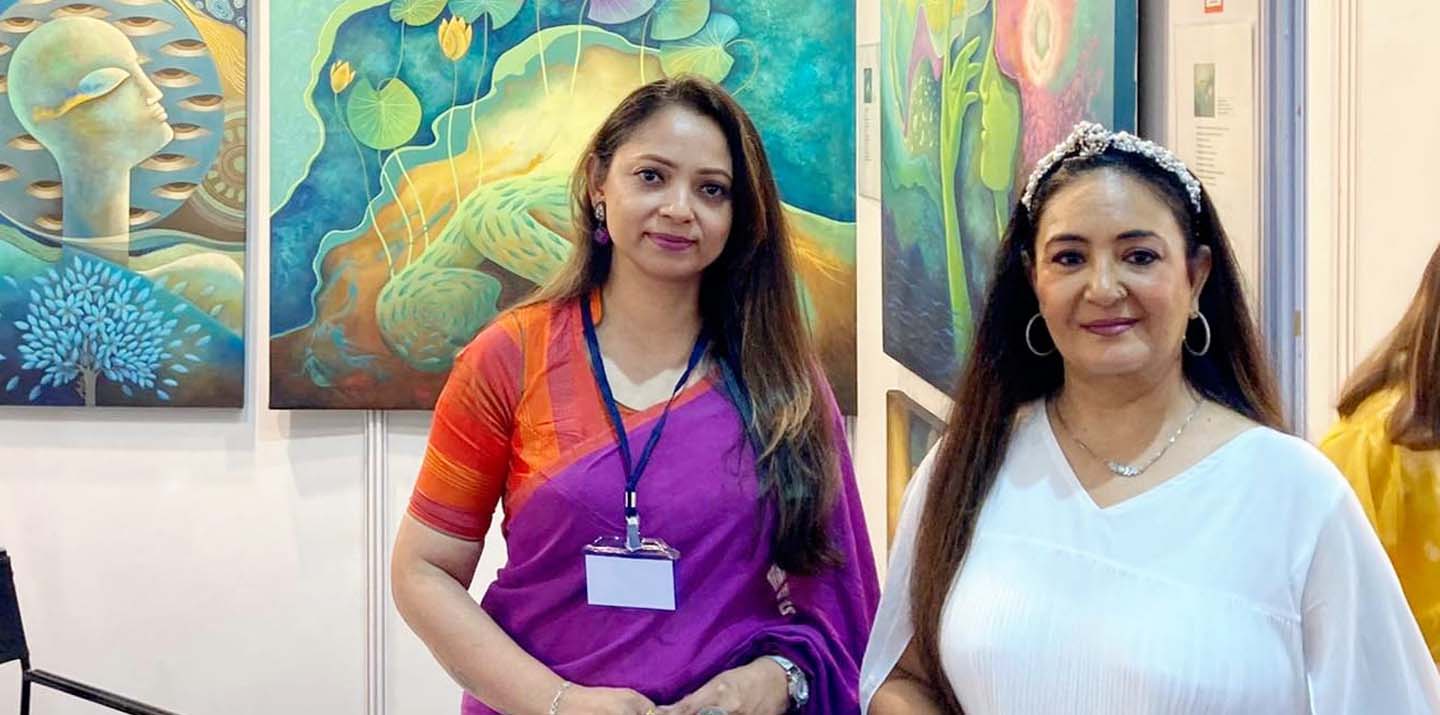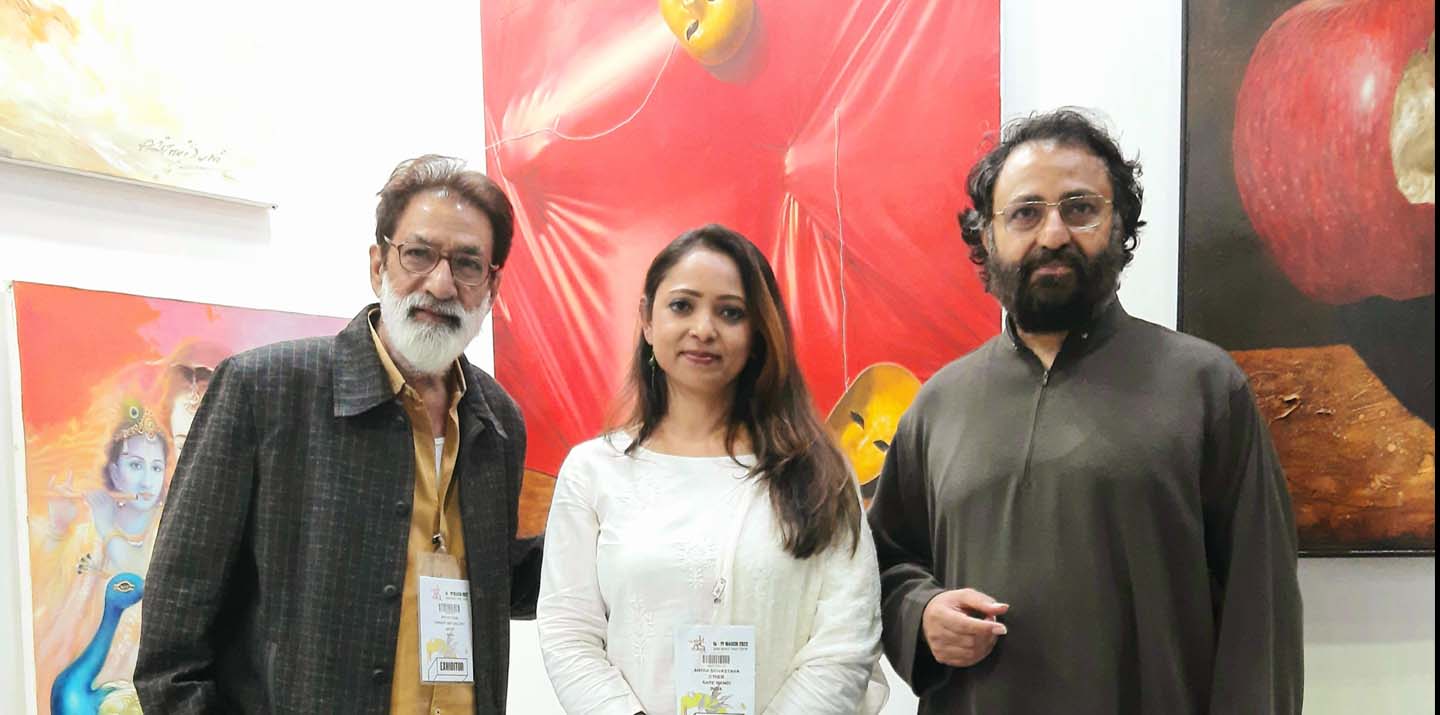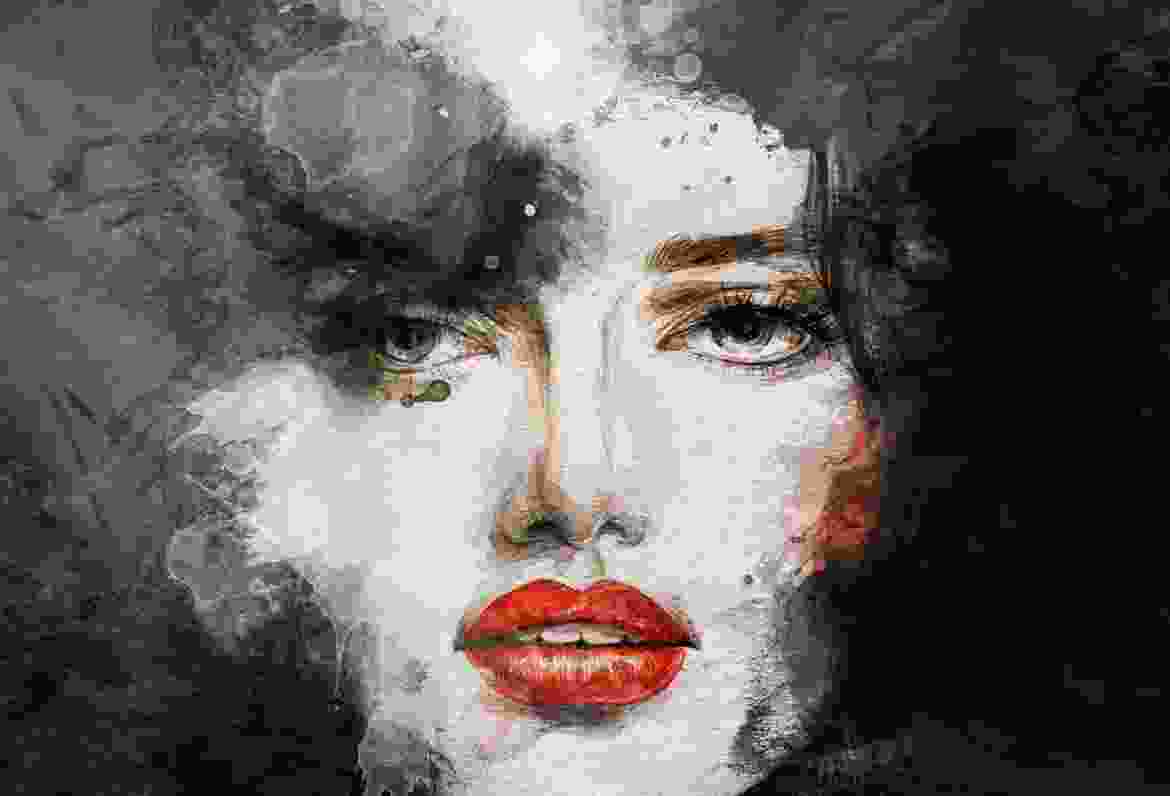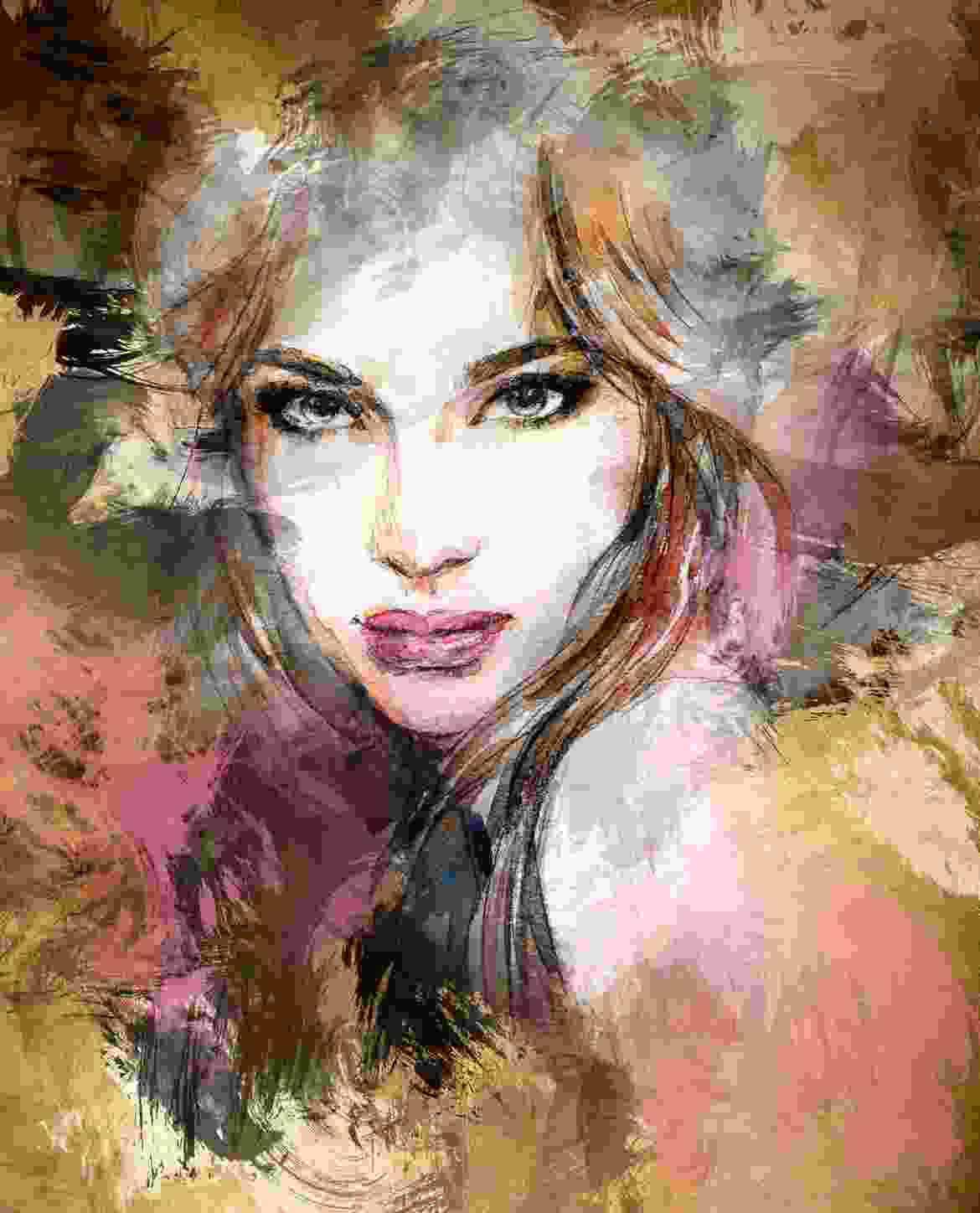The secret to so many artists living so long is that every painting is a new adventure. So, you see, they're always looking ahead to something new and exciting. The secret is not to look back.
The traditional and most common support material to which the paint is applied for watercolor paintings is paper. Other supports include papyrus, bark papers, plastics, vellum, or leather, fabric, wood, and canvas. Watercolor paper is often made entirely or partially with cotton, which gives a good texture and minimizes distortion when wet.
Oil painting is the process of painting with pigments with a medium of drying oil as the binder. Commonly used drying oils include linseed oil, poppy seed oil, walnut oil, and safflower oil. The choice of oil imparts a range of properties to the oil paint, such as the amount of yellowing or drying time. Certain differences, depending on the oil, are also visible in the sheen of the paints.
Acrylic paint is a fast-drying paint made of pigment suspended in acrylic polymer emulsion. Acrylic paints are water-soluble, but become water-resistant when dry. Depending on how much the paint is diluted with water, or modified with acrylic gels, media, or pastes, the finished acrylic painting can resemble a watercolor or an oil painting, or have its own unique characteristics not attainable with other media.
They portray intense, haunting themes, reflective of both his fear of insanity and his bleak outlook on humanity. The paintings originally were painted as murals on the walls of the house, later being hacked off the walls and attached to canvas. Currently they are held in the Museo del Prado in Madrid.







